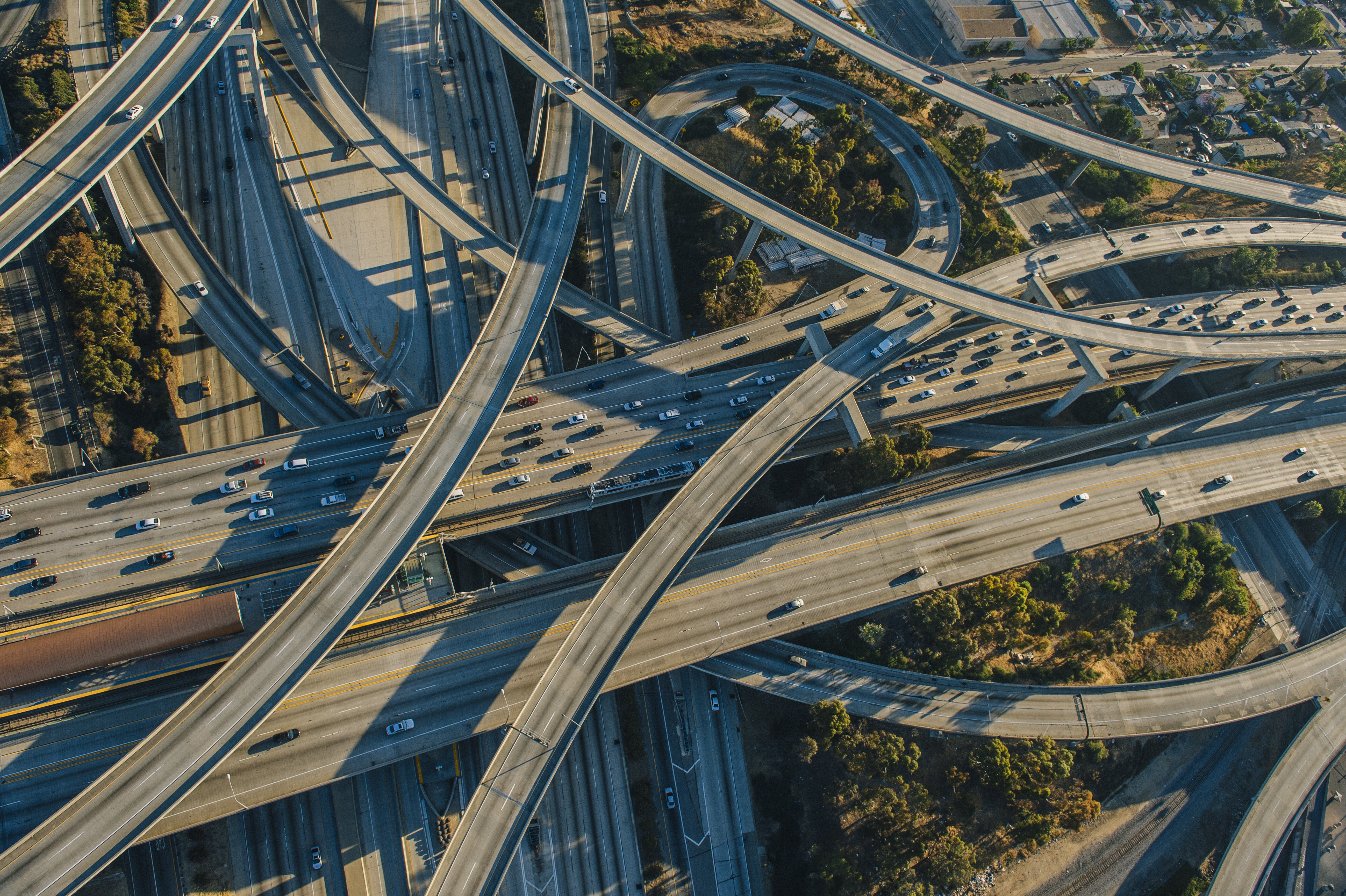
How Traffic Data Can Reduce Cyclist, Pedestrian Deaths

This article was originally published in the Orlando Sentinal.
There's a big problem on the streets of Florida: cyclists and pedestrians are dying at an alarming rate. With a disturbing 6.2 deaths for every 100,000 people, the Sunshine State has the highest per-capita bicyclist fatality rate in the country, as well as the fifth-highest rate of pedestrian deaths.
That Louisiana, the next most-dangerous state to be a cyclist in, is a very distant second – 59% lower at 3.9 per 100,000 – only serves to highlight just how bad things in Florida are. As does the fact that four of our state’s major metropolitan areas have higher cyclist fatality rates than the entire Bayou State.
It’s easy to become numb to the numbers, but I’m sure we can all agree that even one death is too many. There is hope, however.
Florida’s Department of Transportation, as well as counties and cities throughout the state, are working hard to address this issue, with solutions including education, enforcement and engineering. All of these are necessary, especially to reduce fatalities at heavy traffic intersections, but the "three Es" alone aren't going to solve the problem.
Across the state of Florida, and the country as a whole, much less data is collected on cyclists and pedestrians than on motorists. And the sooner we close this information gap, the sooner we can make our streets safer for these vulnerable road users.
What Florida’s cities, counties and metropolitan planning organizations truly need are precise answers to the following questions about cyclists and pedestrians:
- Where are they (exactly)?
- How many of them are there?
- Who are they?
- What are they doing?
The detection sensor technology (hardware installed on traffic signals) and traffic performance measurement systems (software installed at traffic operations centers) already exist -- what we need to do now is make them standard practice.
Data collection and analysis programs for bikes and pedestrians have been debated for many years now, but to get more of these programs going, Florida’s transportation officials should take the following steps:
- Focus on intersections. Fatalities are less common on dedicated bike paths, so priority should be given to collecting data at busy city intersections.
- Leverage existing sources. Today’s video detection technology can accurately detect and count bikes, pedestrians and motorists in all lanes at an intersection. The data is out there, let’s use it.
- Don’t forget the midblock. Intersections are unquestionably most dangerous for pedestrians and cyclists, but new data and technology exist that can determine where pedestrians are crossing illegally.
- Apply analytics. Once we have all the data, we can then analyze it and use it to predict crashes, judge how well current measures are working, and improve signal timing to better accommodate bicycles and pedestrians.
The second piece of the puzzle is partnerships. Private industry will always evolve and advance faster than the public sector, which is why businesses and cities are joining forces to solve traffic problems and bring citizens innovative new solutions.
To make the most of these partnerships, both private and public-sector organizations need to think big.
I have had conversations with traffic engineers where the roadblock to developing an app that could warn bike riders and pedestrians of an impending collision is simply the inability to override apps on their phones. The solution? We need to bring Apple, Google and other big players in our space on board and make sure they can see why solving these problems is good for everybody. Together the public and private sectors can pool resources to ensure the safety of all of our pedestrians and cyclists.
Partnerships for the common good can help private-sector businesses advance their position or make more money, while helping cities solve the drastic issue of bike and pedestrian safety. For the public sector, collaborating with the private sector can bring in some much-needed technological capabilities and know-how that will provide real solutions to public safety problems.
In Florida’s future connected world, we'll be able to guarantee safer intersections and roads in our cities. So let’s bring data analytics and partnerships to bear and get started.
About the Author

Anita Vandervalk, PE, PMP, is Regional Vice President, Mobility Professional Services at Iteris.
Connect with Anita Vandervalk on LinkedIn
 X
(Twitter)
X
(Twitter)
 Facebook
Facebook LinkedIn
LinkedIn Copy
Link
Copy
Link Email
Email

